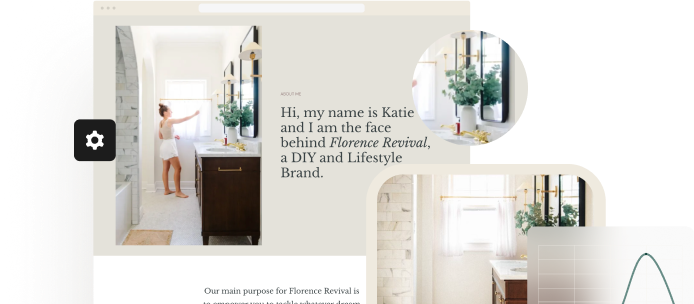In WordPress, you can assign different user roles to control what people can and cannot do on the site. This guide defines each role and what each role can access.
In this guide
Here’s a quick summary of each role, with detailed descriptions further down this page:
- Administrator: The highest level of permission. Admins have the power to access almost everything.
- Editor: Has access to all posts, pages, comments, categories, and tags, and can upload media.
- Author: Can write, upload media, edit, and publish their own posts.
- Contributor: Has no publishing or uploading capability but can write and edit their own posts until they are published.
- Viewer: Viewers can read and comment on posts and pages on private sites.
- Subscriber: People who subscribe to your site’s updates.
Each user role is capable of everything that a less powerful role is capable of. In other words, Editors can do everything Authors can do, Authors can do everything Contributors can do, and so on.
An Administrator (or Admin for short) has full power over the site and can do everything related to site administration*.
Administrators can create more Administrators, invite new users, remove users, and change user roles. They have complete control over posts, pages, uploaded files, comments, settings, themes, plugins, imports, and exports. They are the only role that can see WordAds revenue and manage ad settings.
Nothing related to site administration is off-limits for Administrators, including deleting the entire site*.
* Some Limits on Administrators
- Only the Site Owner (the user that created the site) can transfer the site ownership to another administrator.
- While Administrators can purchase a WordPress.com plan and register a domain name, they cannot access the purchases and stored payment details added by you (the site owner) or other administrators.
- Administrators cannot delete domains unless they are the domain’s owner.
- Sites with an active WordPress.com plan cannot be deleted without the plan being canceled first. Therefore, if the administrator does not own the plan on the site, they will not be able to delete the site.
An Editor can create, edit, publish, and delete any post or page (not just their own), as well as moderate comments, upload to the media library, and manage categories, tags, and links.
An Author can create, edit, publish, and delete only their own posts only, as well as upload files and images. Authors do not have access to create, modify, or delete pages, nor can they modify posts by other users. Authors can edit comments made on their posts.
A Contributor can create and edit only their own posts but cannot publish them. When one of their posts is ready to be published or has been revised, the site owner or another administrator can review it. Contributors cannot upload files or images.
Once a Contributor’s post is approved and published by an Administrator, it can no longer be edited by the Contributor. However, the post author will still be the Contributor instead of the Administrator who publishes the post.
Viewers can view private sites. Viewers do not have any editing privileges. All they can do is read the private site they were invited to and leave comments on it (if the site has enabled comments).
If someone is a Subscriber of your public site, and then you set that site to private, they do not automatically become a Viewer. Viewers must always be specifically invited.
Subscribers (formerly referred to as followers) stay up to date with the website’s posts via their email inbox or the Reader app. Subscribers do not have editing privileges on the site. They can post comments if comments are enabled.
If the site is private, nobody will be able to subscribe it unless you specifically invite them, at which point they become a Viewer.
Visit our guide to Subscribers to learn more.
When adding any of the user roles above, you can flag users who are not a part of your organization; such as users that are either a contractor, freelancer, consultant, or agency.
The checkbox does not change the user’s permissions in any way. It’s a way for you to keep track of users who are not part of your organization.

You will then see the user added with the Contractor label as in this screenshot:

Other plugins may create additional user roles or modify what a role has permission to do.
For example, when you install WooCommerce, two additional user roles are created: Customer and Shop Manager. Information about these can be found in the WooCommerce documentation.
Check the plugin’s documentation for more information on roles added by that plugin.
This section of the guide applies to sites with the WordPress.com Creator or Entrepreneur plan. If your site has one of our legacy plans, this feature is available on the Pro plan.
Plugin-enabled sites have the option to set a new user default role. This functionality is useful for membership-driven sites and may require configuration for specific plugins.
To edit the new user default role:
- Visit your WordPress.com dashboard.
- Navigate to General → Settings.
- Select the appropriate user role from the drop-down in the “New User Default Role” section.
- Click the “Save settings” button.
These user roles can see the stats: Administrators, Editors, Authors, and Contributors.
On plugin-enabled sites, you must activate permissions for roles other than Administrators to view the stats. You can do this by following these steps:
- Visit your dashboard.
- Click on Jetpack on the left side.
- Click on Settings.
- Select the Traffic tab.
- Scroll down to the Jetpack Stats section.
- Under Allow Jetpack Stats to be viewed by, toggle on the user roles you wish to have access to stats.
